Should Dual Monitors Be Angled? [Or Not]
Positioning dual monitors at the perfect angle ensures a neutral working posture and a comfortable computing experience. But finding the best angle for your dual monitor setup is quite tricky specially if you are someone who doesn’t have much knowledge about multiple monitor setups. So should dual monitors be angled or not?
Dual monitors should be angled or not depends on the amount of time you use each monitor and most importantly personal preference. If you use both monitors equally setting up them at a 15-degree angle in a V shape will give you the best viewing experience. On the contrary, if you use the second monitor occasionally (20-30%) then the first monitor should be placed straight to the user’s eye and the second monitor should be right next to the first one at a 30-degree angle.
In this article, we will discuss in-depth should dual monitors be angled and if yes, what is the best angle for dual monitors. If you are thinking of setting up dual monitors in your home office station, continue reading till the end.
So without wasting time, let’s move on to the main point.
Why Do You Need To Set Your Dual Monitors At Perfect Angle?
Most remote workers typically spend one-third or even more of their day looking at computer monitors. It’s not always about professional work, we also spend a lot of time before the computer screen for personal work such as checking social media, watching favorite movies or series and so on.
If your dual monitors are not set up at the correct angle, you will have to work in different award positions the whole day. This will put pressure on the eyes, neck, shoulder and back throughout the day resulting in eye strain, headache, neck, shoulder and back pain. Sometimes it may even lead to musculoskeletal disorder or low vision.
I’m sure you don’t want any of these hazards in your life.
So…
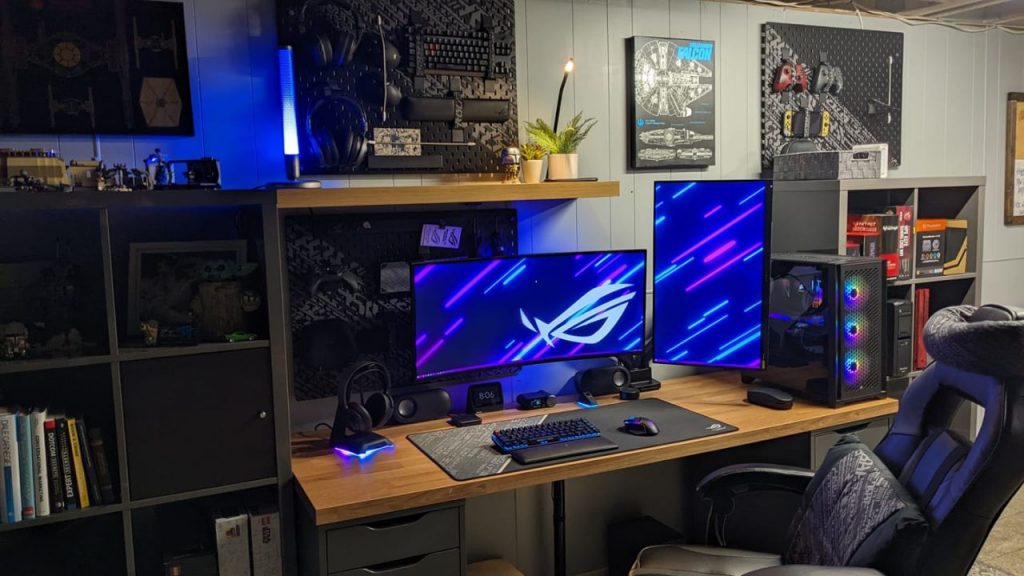
What Is The Best Angle For Dual Monitors?
The best dual monitor angle is the one that gives maximum comfort to our eyes, neck, shoulder and back while working. So how can you figure out what your best viewing angle is? I’m sure you don’t want to try different dual monitor angles to figure out your most comfortable viewing angle.
Here let me help you to figure out your most comfortable viewing angle. For this, I’m going to talk about our eye’s natural viewing zone. Because when you set up your monitors at natural viewing zone it will give you the highest comfort and help you to maintain a neutral posture.
Let’s get started.
When we are not doing something that requires a lot of visual focus and concentration, our eyes tend to look straight ahead and slightly downwards. According to research, the downward visual angle is between 15 to 30 degrees. That means it is the comfortable viewing zone of our eyes.
Now what about viewing distance? The recommended viewing distance from the eyes to monitor is 50-100 cm or simply an arm’s length.
Keeping all these theories in mind if you place your dual monitors in the eye’s comfortable viewing zone (height and distance) in a straight line, what will happen?
You will have to move your upper body like head, neck and shoulder to focus on different parts of your monitors. Spending the whole day in such posture can lead to eye strain, neck pain and musculoskeletal problems.
The solution to this problem is to angle your dual monitors. As I’ve told in the intro, at what angle your dual monitors should be placed depends on the amount of usage of both monitors.
If both monitors are equally used, you will have to place them at a 15-degree angle in a V shape. This will give you the best viewing experience and comfortable posture. On the contrary, if you use the second monitor occasionally (20-30%) then the first monitor should be placed straight to the user’s eye or maybe slightly left or right. The second monitor should be placed right next to the first one at a 30-degree angle.
Angling your dual monitors in these positions will ensure maximum comfort to our eyes, neck, shoulder and back while working. Only angling monitors will not do the work, you will have to ensure perfect height and distance to get the most out of your dual monitor setup.
Final Words
You will get most of your dual monitors when they are set up at the perfect angle, height and distance. In today’s article, I’ve tried to give a straightforward answer to whether you should angle your dual monitors or not.
Hope it helps to set up your dual monitors perfectly. Now get down to the actual work of positioning your dual monitors!

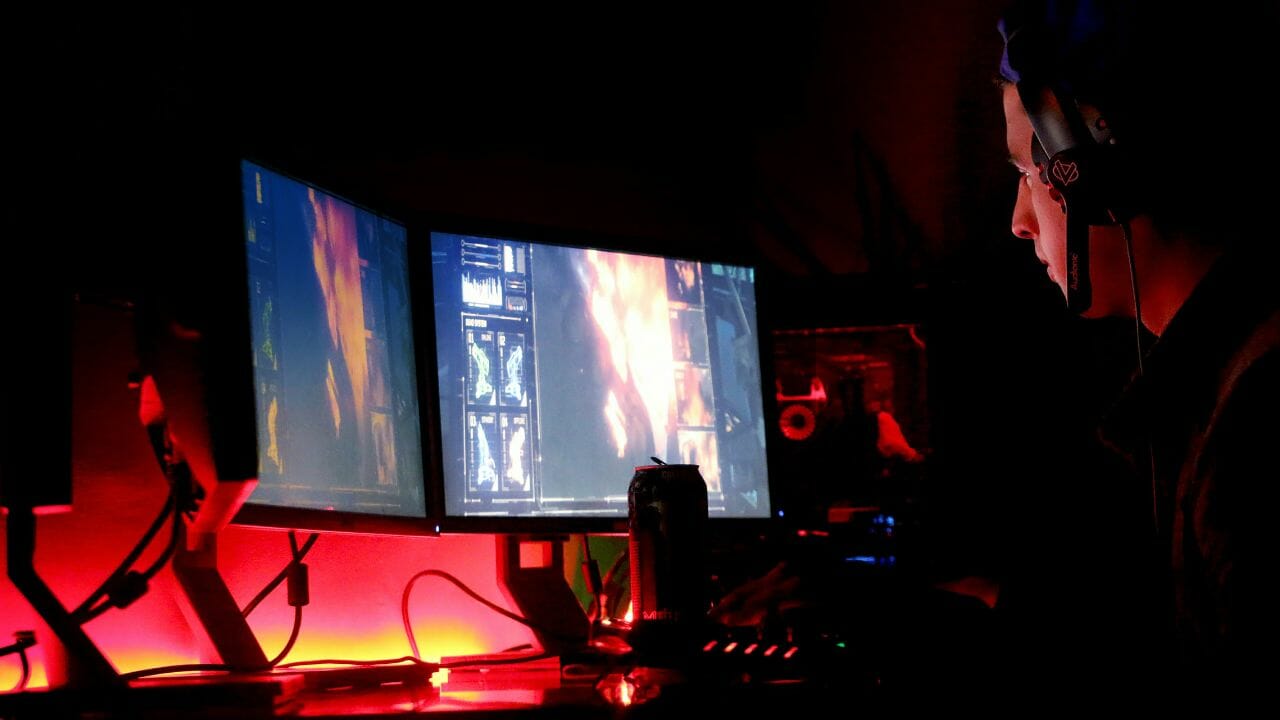
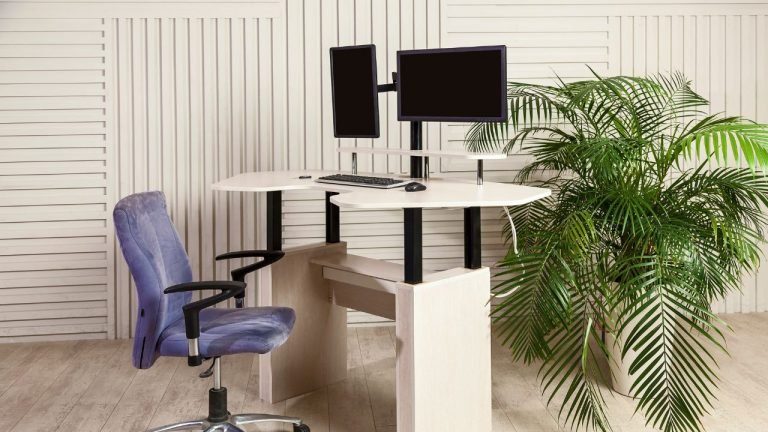
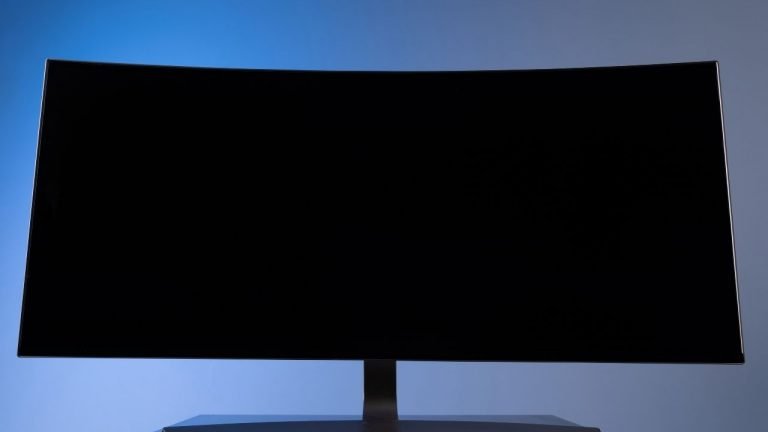
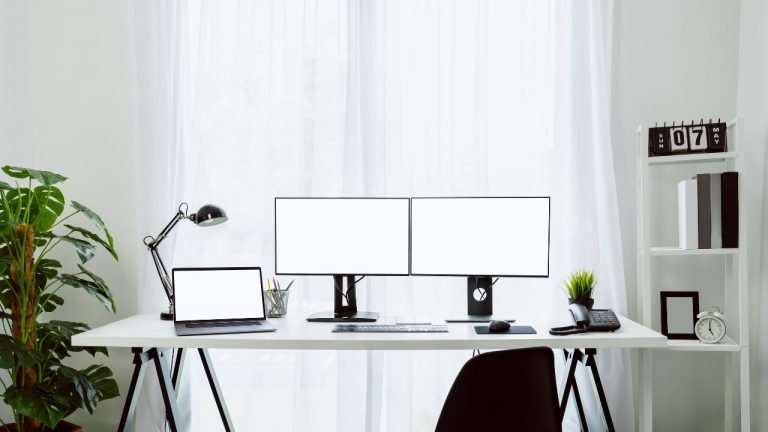

![Does Dual Monitor Use More CPU? [Debunking Common Myths]](https://homethereby.com/wp-content/uploads/2022/07/How-To-Setup-Dual-Monitors-With-L-Shaped-Desk-768x432.jpg)